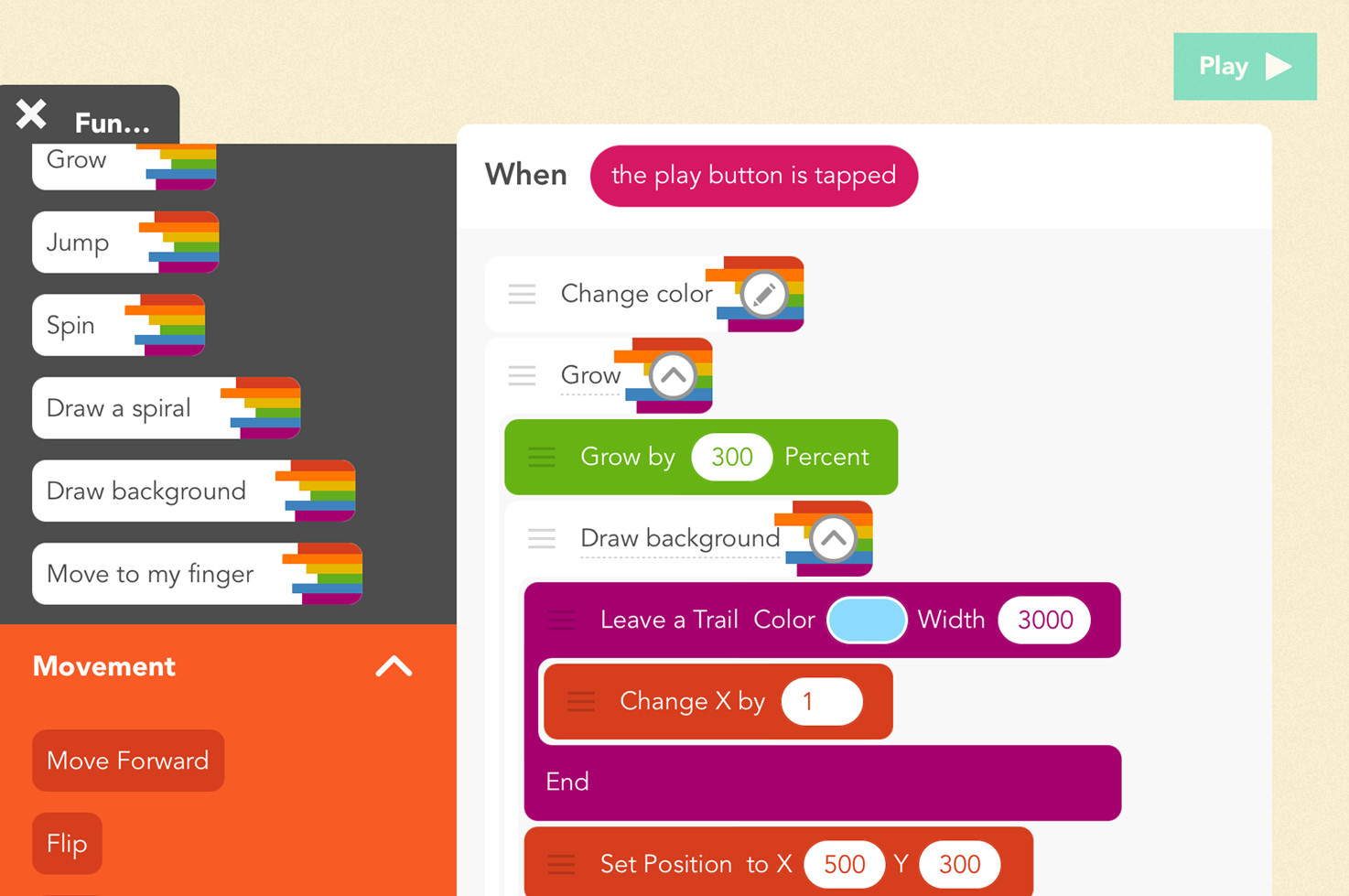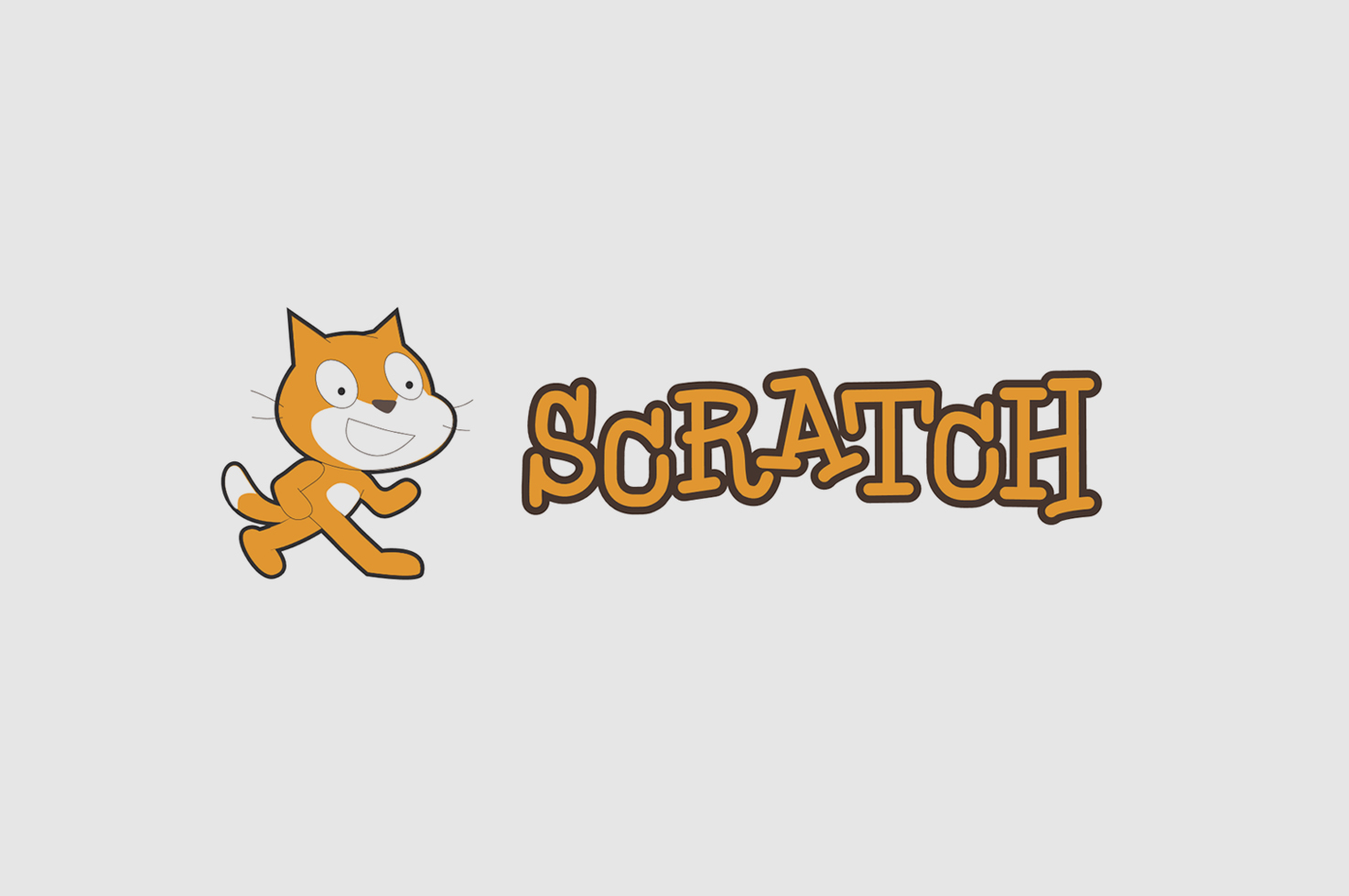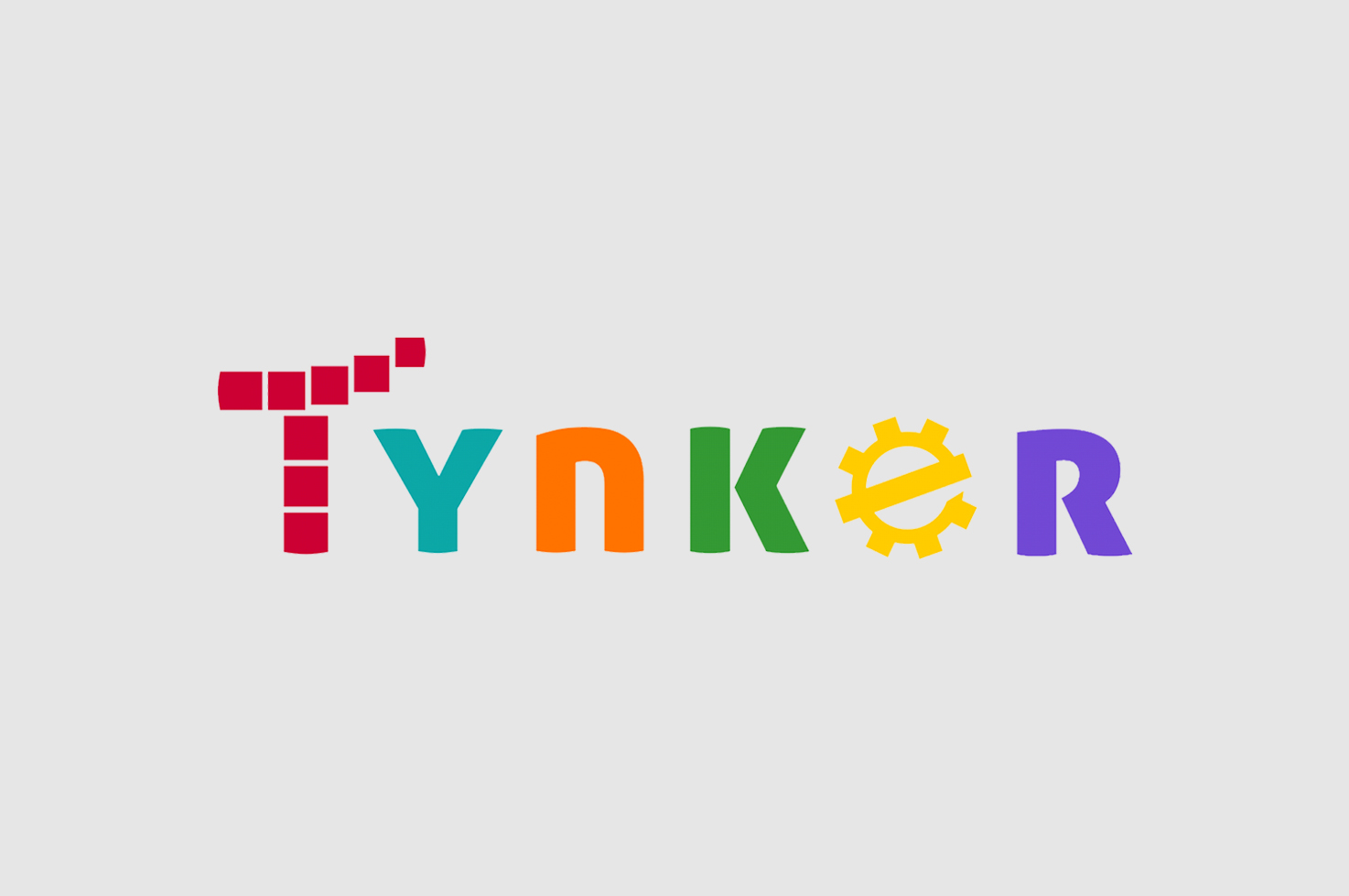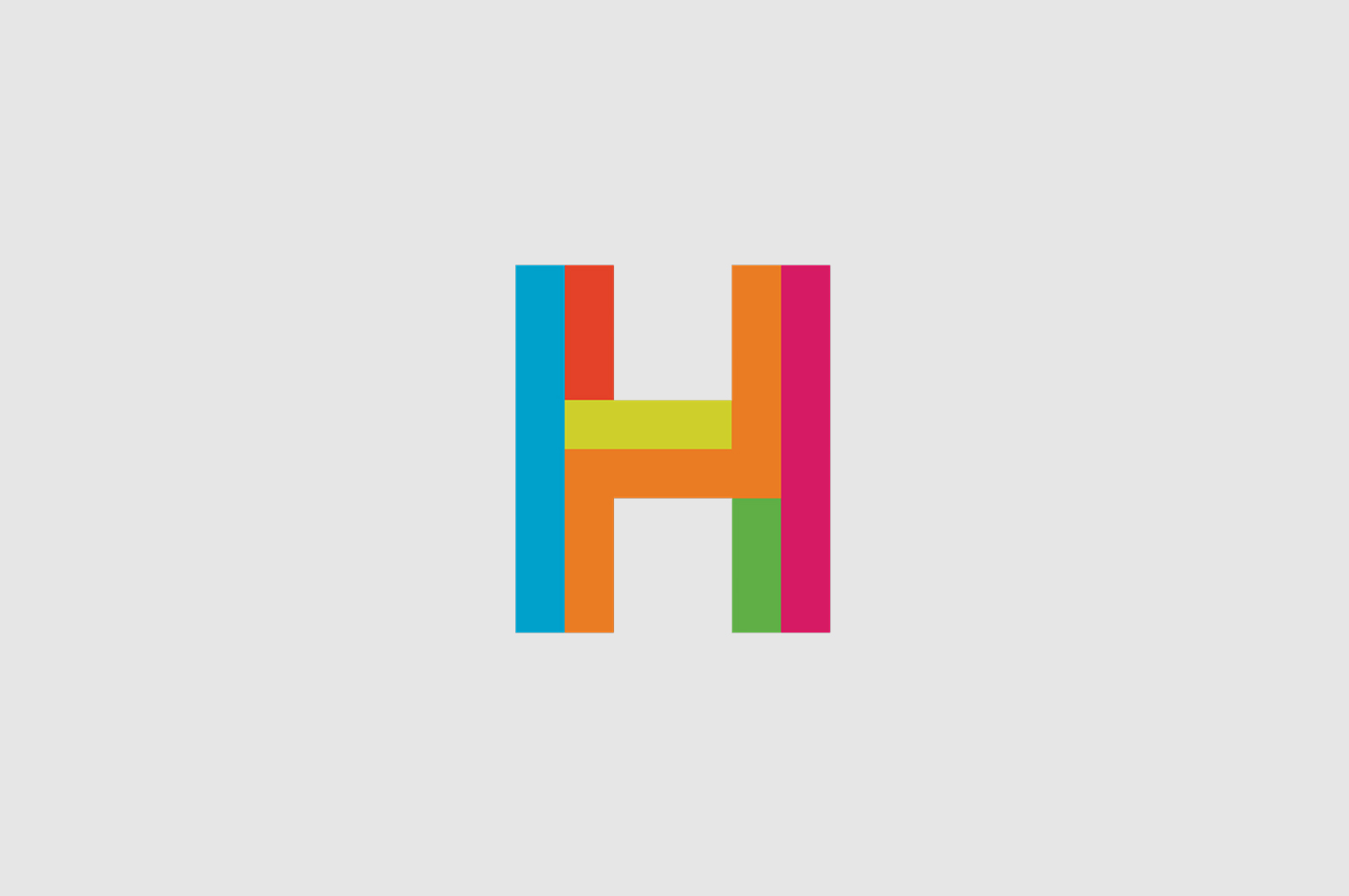Coding options for kids
Shining a spotlight on three great tools that inspire children to explore the exciting world of computer programming, and teach them the basics in the process.

When I was a kid we had a lone Acorn computer in our primary school. It was the height of technology to us at the time, but if you weren’t printing a document, making a rudimentary piece of computer art or playing the long forgotten classic ‘Zarch’, it wasn’t a lot of use. By the time I was studying for my GCSEs, however, things were getting interesting. My IT teacher introduced me to programming and I greatly appreciated the hour away from less engaging subjects to get excited about computers. Sadly it came a little too late for me to change my academic direction, so when choosing A-Levels I stuck to subjects I had a deeper knowledge of and nevertheless enjoyed. Had I started my programming journey a little earlier, maybe my decision would’ve been different.
Thankfully, with the increased access kids now have to some really powerful (and fun) tools, things today are very different. You don’t have to be super rich or super intelligent to learn to code; there are an abundance of free programs to download or use online that cater for any age and learning style. By breaking down that initial barrier of complexity, which can be so off-putting, these programs make computer programming fun for the beginner. Most importantly, growing brains can learn some really useful skills and exercise their critical thinking, their ability to solve problems and plan. Here are a couple of examples aimed at the younger generation that are well worth checking out:

Scratch
Scratch has been around for a number of years now. It was developed by MIT to teach children the fundamentals of programming by providing a virtual playground where you can create games, animations and stories using easy to build scripts. The drag-and-drop system is intuitive and far more welcoming to the novice than diving straight into pure code. Within minutes you can produce a simple animation and pick up the basics in the process. Scratch also has a great online community where you can share and discuss your latest creations. Having the gravitas of MIT behind it makes Scratch an enticing system for those who want to start their journey into the world of programming, and I highly recommend it. Scratch is aimed at ages 7+ and can be enjoyed online through your browser or as a download. Younger kids can also begin to code using the Scratch Jr app.

Tynker
Tynker is a learning tool designed in the mould of Scratch. Their interfaces are extremely similar and, although Tynker is more visually refined, the basic premise is the same; build a script and watch it run. Tynker is available online, like Scratch, and users can follow the guided lessons set out in a series of progressively challenging puzzles or explore their own ideas and create a project. There’s a nice balance between hand-holding and free play, and if you need help or an explanation it’s there. All in all it’s a neat system with plenty to do and lots to be inspired by, and the addition of viewable code in browser is a nice touch.

Hopscotch
Hopscotch is an app-only program that uses the same teaching method as Scratch and Tynker. Though Hopscotch doesn’t have the depth of content that Tynker has, it still offers a colourful, child-friendly introduction to programming with fun characters to animate. Aesthetically it’s pleasing on the eye, but the lack of visual variety does limit creative possibilities to an extent. Still, some kids may really enjoy Hopscotch’s ready-made world, and the effort that’s gone into it is commendable. The team behind Hopscotch have also created an app for younger children called Daisy the Dinosaur. Like Scratch Jr, it’s just a simplified version of its counterpart, and the fundamentals taught across both are the same.
Honorable mention
The internet giant, Google, also has its own website where kids can learn to program called Made with Code. There’s a small selection of different projects to play around with that allow kids to produce some interesting end products; make a gif, mix an original music composition, design a dress etc. It’s a little light on content, but does offer some unique challenges and has, arguably, a more grown-up feel to it than Scratch, Tynker and Hopscotch, which slightly older kids may appreciate.
By using any one of these programs kids can not only have a lot of fun, but also pick up some invaluable computer skills they might use later on in life. If I had had the same start maybe my A-level choices would have been a little different, who knows? The fact that this new generation have the opportunity to be inspired by the world of computer programming so early on gives them a chance to make a decision I couldn’t. And if the multitude of amazing things they are creating right now is anything to go by, the future of our industry is looking brighter than ever.





